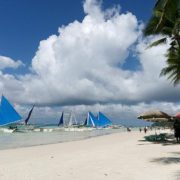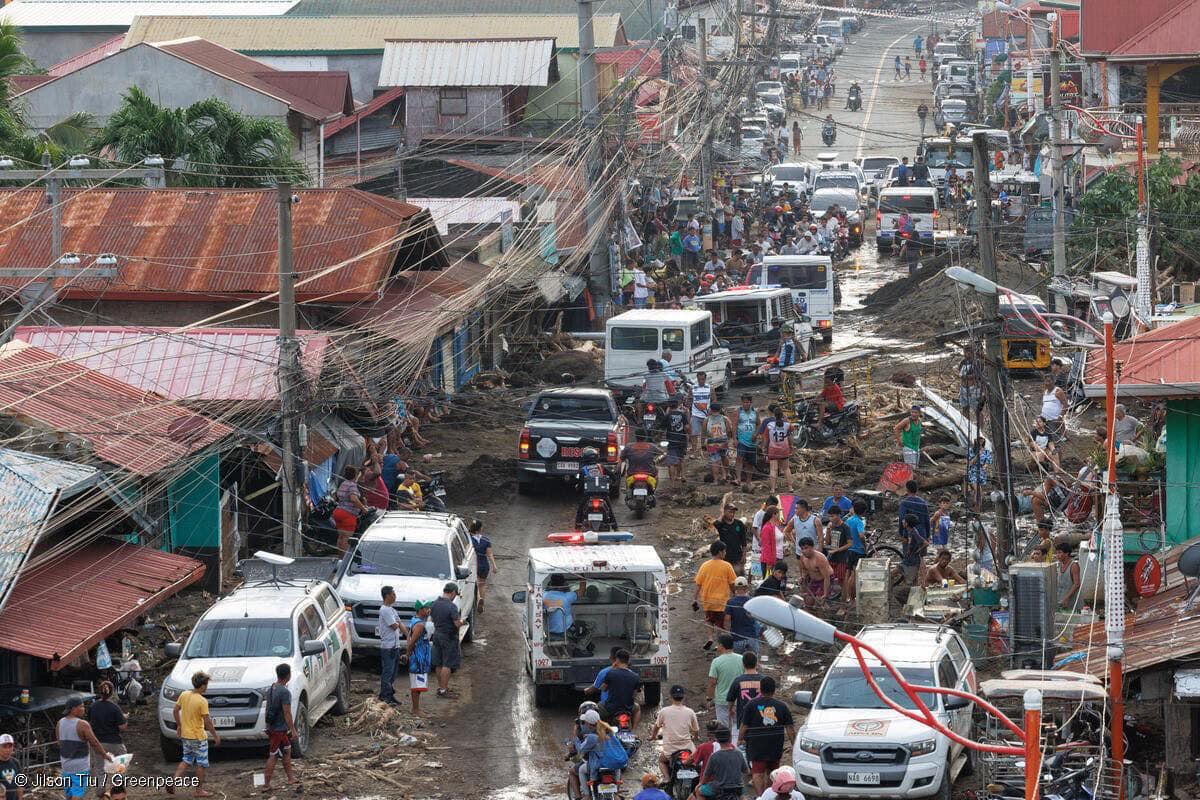WHILE it recognizes that some of the national government’s environment policies, such as stricter mining regulations and the six-month closure of top tourist destination Boracay island, likely played a role in the recent slow Philippine economic growth, Malacañang maintained that President Rodrigo Duterte’s decisions are for a more sustainable future for Filipinos.
In a report from the Philippine Star, the National Economic Development Authority (NEDA) released on Tuesday, August 9 the data showing that the Philippine economic growth from April-June 2018 slowed down to 6 percent and at its lowest in the last three years. It is lower than the first quarter’s 6.6 percent, and the growth figure of 6.6 percent for the same period in 2017.
“We don’t approach policy purely on an economic and financial basis. The President, of course, will exercise the powers of the state known as police powers to protect also the environment,” Presidential spokesperson Harry Roque Jr. said in a Palace briefing. “The president stressed the need to protect the environment and to ensure that the next generations will also enjoy Boracay as we know it.”
Roque further explained that the president is unapologetically firm in protecting the environment. He assured that Boracay would reopen in October.
“He has given higher priority to the protection of the environment and he makes no apologies for it. If the GDP [gross deomstic product’ will further fall because of the desire of the president to protect the environment, so be it. We are investing in the future and not just the present.”
“The president stressed the need to protect the environment and to ensure that the next generations will also enjoy Boracay as we know it – as an island paradise,” Roque added.
NEDA director-general and Socioeconomic Planning Secretary Ernesto Pernia confirmed that Boracay’s closure and rehabilitation partly contributed to the lower-than-expected economic growth rate.
He, however, also agreed that the government’s green policies were sensible.
“I emphasize, all measures should ensure sustainable and long-run growth for the economy. These policy decisions were prudent and judicious,” he added.
Other factors causing economic deceleration
Pernia noted that the closure of mining pits and imposition of excise tax on metallic and non-metallic minerals have affected economic growth. Data showed that the mining and quarrying sector is down to 10.9 percent.
Freshwater fish catch also dropped due to stricter regulations in aquaculture at the Laguna Lake.
Pernia also expressed concern over the gross deficiency in the domestic production of agricultural products such as palay, corn, sugarcane, copra, livestock, and poultry. He then urged the agriculture department to review its programs and policies.
“This should also include an assessment of the market environment, including the possible presence of cartels and incidence of smuggling,” he said.
PH economy might miss its annual target
In a report from the Manila Times, Pernia said that this period’s slower growth figure might increase the government’s chance of missing its full-year target.
The growth in the country’s Gross Domestic Product (GDP) in the first half of 2018 reaches up to only 6.3 percent. Pernia warned that growth rate must increase in the succeeding months.
“Philippine economy would have to expand by at least 7.7 percent in the second semester to attain the low-end of the 7.0 to 8.0 percent [growth target]for 2018,” he said.
Manufacturing, trade, and construction sub-sectors were among the principal growth drivers in the second quarter of 2018.
Government remains hopeful
The presidential spokesperson ensured that despite the figures, there is nothing to worry about.
“I don’t think it is alarming, because six percent is still high,” Roque said.
Roque promised to comply with the target in the succeeding months.
“Of course, we’re also saddened by the fact that we failed to meet targets. But targets are targets. We will do everything to meet them. If we don’t we’ll find out why and we’ll try to achieve the further targets for the rest of the year,” he added.
The Philippine economy is still considered among the best performing in Asia, regardless of the slowdown. It follows Vietnam and China with registered growth rates of 6.8 and 6.7 percent, respectively, in the second quarter of the year.






